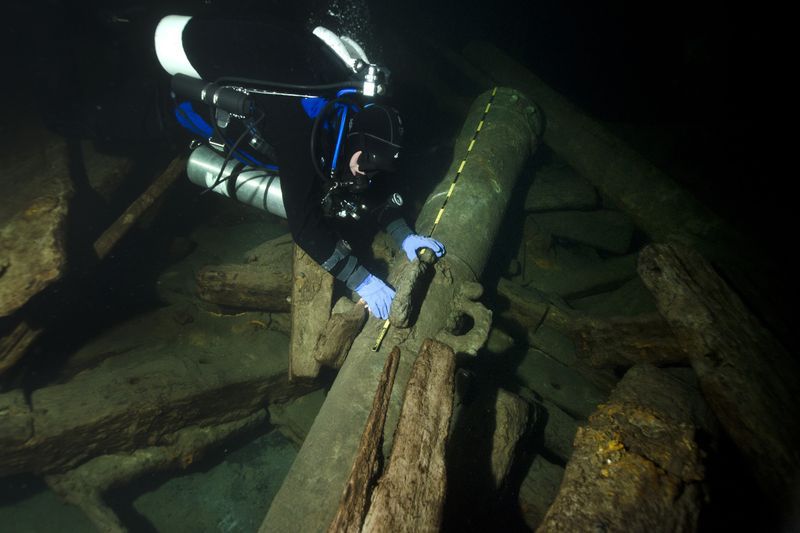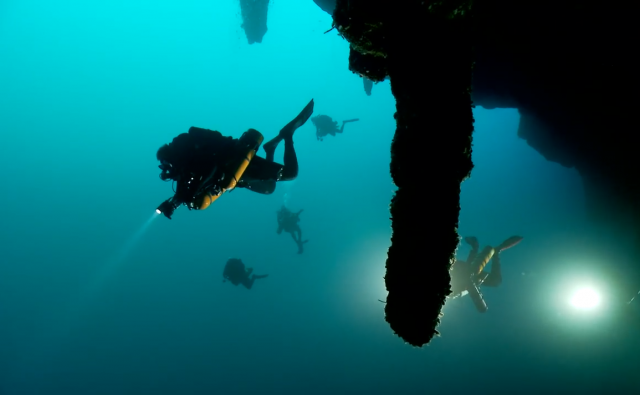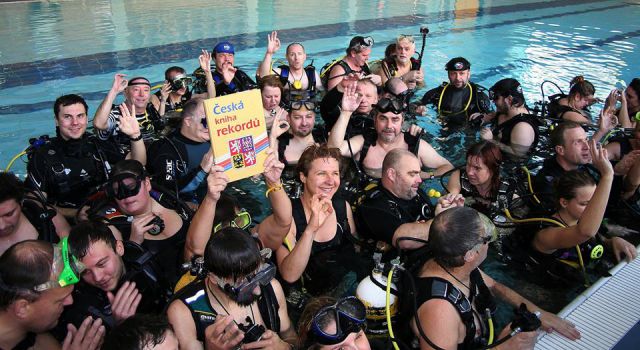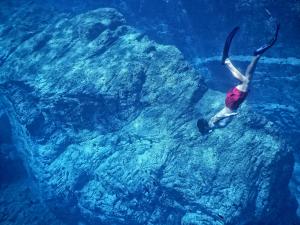Exploration of Mars the Magnificent - the Greatest Warship of its Time

Swedish marine archaeologist Johan Rönnby received a grant from the National Geographic Society to explore Swedish marine archaeologist , head of the Maritime Archaeological Research Institute and a professional diver Johan Rönnby, is investigating the well-preserved maritime battlefield in the Baltic Sea where Swedish King Erik XIV’s legendary 2,000-ton flagship Mars sank.

An expert on 16th-century guns identified the Mars after divers found this unique bronze cannon.
In 1564, the Mars went down in flames after a bloody clash with a fleet from Denmark and the German city of Lübeck. To be able to explore the missing vessel, Rönnby’s project, “The Maritime Battlefield of Mars (1564),” marks the 100th grant awarded by the Society’s Global Exploration Fund, a regional grant program in Northern Europe.

Divers are filming the Mars wreck in extremely demanding conditions, 75 meters below the surface of the cold Baltic Sea.
“The team and I are extremely honored to receive a National Geographic Society grant,” said Rönnby. “The Society’s support makes it possible for us to expand our exploration of the area surrounding the Mars wreckage, which will broaden our understanding and appreciation of the ship’s historic battle and will likely lead to new and exciting discoveries.”

Divers inspect the Mars' enormous lower gun ports. The Mars was built as a heavily armed fortress under sail.
According to Rönnby, the Baltic Sea’s cold, brackish waters and topography left the Marsremarkably well preserved. Rönnby plans to study the undersea battlefield for further insight into maritime history, naval battles in the region and the nature of warfare. Fieldwork will begin in June 2015. In addition, Rönnby and his colleagues received support from the National Geographic Society/Waitt Grants Program to complete scans of the entire ship over the summer. The scans will enable them to create virtual reconstructions of the Mars using new three-dimensional technology based on underwater photography.
Watch the tale of Rönnby's team epic adventure
Photo credit: Ingemar Lundgren/Ocean Discovery, Copyrights applied.
Source: http://www.nationalgeographic.com








